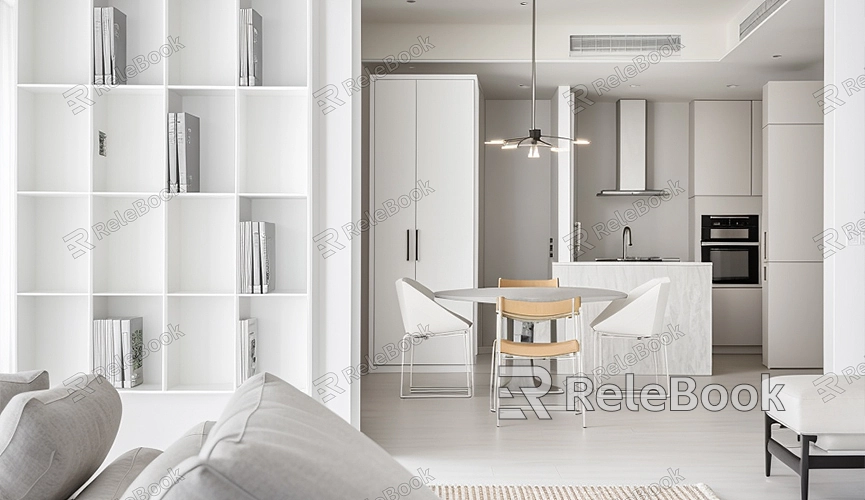How to Render with GPU in Blender
Blender is a powerful open-source 3D modeling software widely used in animation, game development, visual effects, and more. As demands for rendering speed and quality increase, utilizing GPU rendering has become an effective way to enhance efficiency. This article will explain how to render using GPU in Blender, making your workflow more efficient.
What is GPU Rendering
Firstly, it's important to understand what GPU rendering entails. GPU (Graphics Processing Unit) offers significant advantages over CPU (Central Processing Unit) in handling parallel computing tasks. GPU rendering utilizes the powerful computational capabilities of your graphics card to accelerate the rendering process, significantly reducing rendering times and improving efficiency.

Why Choose GPU Rendering
There are several reasons to opt for GPU rendering:
1. Faster Speed: GPU rendering processes large amounts of data much faster compared to CPU rendering, drastically reducing rendering times.
2. Efficient Parallel Computing: GPUs excel at handling parallel computing tasks, making them suitable for rendering complex 3D scenes.
3. Freeing up CPU Resources: By using GPU rendering, you can free up CPU resources, allowing your computer to handle other tasks during rendering.
Enabling GPU Rendering in Blender
Here’s how to enable GPU rendering in Blender:
1. Check Hardware Compatibility
Ensure your computer is equipped with a graphics card that supports GPU rendering. Currently, Blender supports NVIDIA and AMD graphics cards. Using newer card models is recommended for better performance and compatibility.
2. Install Latest Graphics Card Drivers
Make sure your graphics card drivers are up to date. You can download and install the latest drivers from the official NVIDIA or AMD websites.
3. Configure Blender Render Settings
After opening Blender, follow these steps to configure GPU rendering:
- Open Blender and go to the "Edit" menu, then select "Preferences".
- In the Preferences window, choose the "System" tab on the left.
- Under "Cycles Render Devices", select "CUDA" (for NVIDIA cards) or "OpenCL" (for AMD cards).
- Check your graphics card to enable GPU rendering.
4. Set Rendering Device
Once configured, select GPU rendering in the rendering settings:
- In the Blender main interface, click on the "Render Properties" panel (camera icon).
- Under the "Device" option, choose "GPU Compute".
- Further configure rendering settings such as samples, ray tracing depth, etc., under the "Render" tab to optimize rendering quality.
Optimizing GPU Rendering Performance
When using GPU rendering, several optimization techniques can further enhance rendering efficiency:
1. Reduce Sample Counts: Reduce sample counts while maintaining rendering quality to significantly shorten rendering times.
2. Use Denoising: Blender's built-in denoiser maintains good rendering quality at lower sample counts.
3. Adjust Ray Tracing Depth: Adjust maximum reflection and refraction depths based on scene requirements to avoid unnecessary computations.
Enhancing Efficiency with Relebook
High-quality 3D textures and HDRI are essential resources for creating models and virtual scenes. If you need access to a variety of these resources or downloadable 3D models, you can download them directly from Relebook. Importing textures and 3D models into your projects from Relebook simplifies your design process and boosts your workflow efficiency.
In conclusion, Blender is a robust tool that, when leveraged properly, can seamlessly integrate GPU rendering to enhance efficiency from 2D to 3D modeling. Accessing high-quality textures, HDRI, and 3D models from Relebook streamlines workflows and improves creative output significantly.

